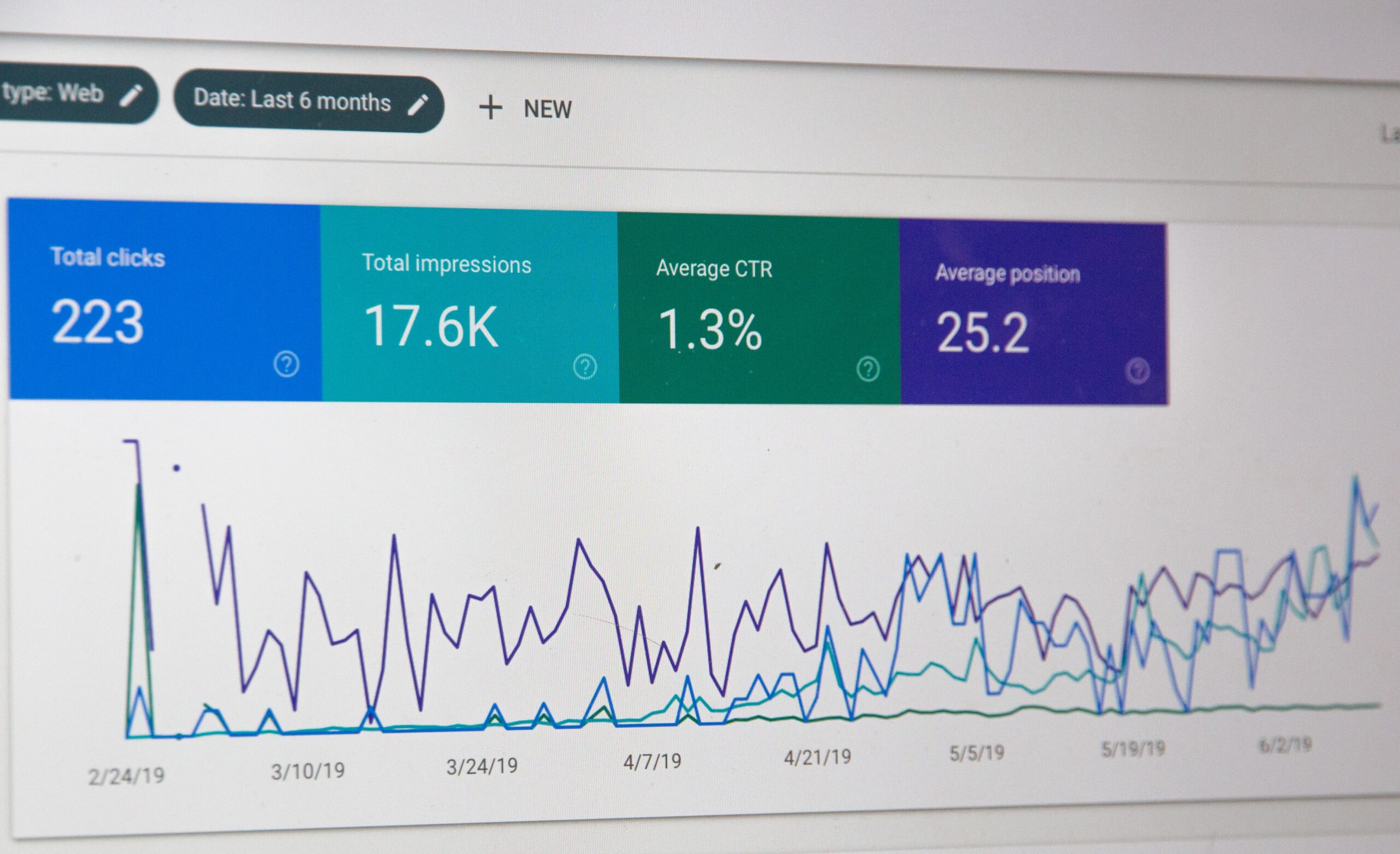
Brand Strategy vs. Marketing Strategy: What’s the Difference?

Letting potential consumers know who you are and what you stand for is important when trying to differentiate your brand from competitors. A brand strategy can be your guidepost when crafting new messages. Just as it’s important to develop your brand’s personality, it’s also valuable to use a marketing strategy to get prospective customers to perform your desired call to action (CTA).
In this article, we’ll share what a brand strategy and marketing strategy are, see how they compare and advise when to use each strategy.
What Is Brand Strategy?
Brand strategy is a long-term plan used to shape your audience’s perception of your overall image. It lets potential customers know who you are and why your company exists.
For instance, a fast-casual South American restaurant prides itself on being a grill that offers affordable, healthy, delicious, fresh food. When creating a brand strategy, they may highlight that their arepas use local ingredients to help solidify their overall mission in the type of food they serve.
A brand strategy helps distinguish your brand from your competitors and paints a picture of your unique aspects. It’s what gives your audience an emotional experience and leaves them wanting to come back for more.
Components of a brand strategy include:
- Brand voice and personality: If your brand were a person, what characteristics would it have?
- Brand purpose: What does your brand stand for? Why do you do what you do?
- Brand values: What standards will your brand follow to achieve your mission?
- Brand vision: What do you hope to achieve in the future?

What Is Marketing Strategy?
Companies wanting to encourage action (buy, subscribe, etc.) often use marketing strategy, or the process of reaching prospective customers. This strategy is important when trying to meet a particular goal and can help get the attention of potential consumers.
For example, the same fast-casual South American restaurant may send mailers with a coupon to encourage the public to order their food. Another potential marketing strategy they could implement is posting a Facebook ad that promotes their BBQ grilled chicken arepas to a target audience.
Marketing strategies are how a company delivers its brand message and includes both digital (social media ads, podcasts, etc.) and traditional (print ads, billboards, etc.) marketing efforts.
Components of a marketing strategy include:
- Goals and objectives: What is your brand trying to accomplish through marketing?
- Target audience: Who would you identify as likely customers for your product or service?
- Communication strategy: How do you plan to distribute your key message to your target audience?
- Key performance indicators (KPIs): What measures will you use to track your campaign’s progress?
- Competitor analysis: What are your competitors doing successfully? How could they improve?

Key Similarities Between Brand Strategy and Marketing Strategy
Brand strategy and marketing strategy are complementary strategies that rely on each other in order to be successful. A brand strategy without a marketing strategy struggles to reach a target audience, while a marketing strategy without a brand strategy lacks direction. The following are some connections between these two processes:
Set Similar Goals
Brand strategy and marketing strategy share similar goals. They both help develop brand loyalty and retain customers. Companies can use these processes to create awareness about what they offer and build lasting relationships for return purchases.

Attract Attention
These two strategies help attract customers so that you can stand out from competitors. You can use a marketing strategy to share your unique qualities and show the value your company offers. Once you obtain attention through your marketing efforts, a branding strategy allows you to keep this attention and foster it into the desired conversion. Having a unique yet relatable brand that prospective customers can connect with can lead to lasting loyalty.
Match Market Trends
Both brand strategy and marketing strategy consider market trends when developing communication tactics. These help you see what your audience values and can help you separate yourself from similar companies.
Key Differences Between Brand Strategy and Marketing Strategy
Since brand strategy focuses on informing others about “who” you are and marketing strategy focuses on the “what” and “how” to do this, they vary in the tactics used. A brand strategy’s main purpose is to create an identity for your business, whereas a marketing strategy promotes your products or services to a predetermined target audience. Here are some ways brand strategy and marketing strategy differ from each other:
Have Distinct Focuses
When conducting a brand strategy, you focus more on your company’s visions, goals, and other traits that make you who you are. Conversely, a marketing strategy includes creating your message and brainstorming the best way to distribute it.
Change At Different Frequencies
While a marketing strategy may change based on related factors (budget, the success of your campaign, seasonality, stage in the marketing funnel, etc.), a brand strategy rarely changes. Brand strategies only change if your destination is no longer the same. For example, if a cereal company decides to promote that they now use all organic ingredients, they may change their branding to represent them as a cleaner option for breakfast.
Produce Varying Results
Another way these two strategies differ is the outcome they produce. The brand strategy makes people feel something, and the marketing strategy makes people do something. In other words, brand strategy leads to emotional connectedness, and marketing strategy leads to a specific call to action, such as scheduling a consultation.

When is Each Strategy Needed?
Knowing when to use each strategy is helpful in guiding you on what steps to take to reach your goals. Brand strategy is best when working on long-term objectives, and marketing strategy is better for short-term ones.
Some instances when it’s helpful to pursue a marketing strategy include:
- Launching a new product or service
- Looking to grow your social media followers
- Increasing your brand awareness to a specific audience
Some instances when it’s helpful to pursue a brand strategy include:
- Starting a new business
- Rebranding or looking to change the image of your company
- Identifying your goals and vision
- Refining your brand’s audience

Does Brand Strategy or Marketing Strategy Occur First?
A brand strategy typically occurs first, since it involves making an audience aware of your company. Having a solid brand strategy as a starting point can help guide you when distributing information about your company. It points you toward the messages that match your values and who could benefit from your products or services.
In later stages, use a marketing strategy to pique interest in your product or service and lead to a conversion. By this point, you’ll have a clear definition of your brand and know what you want to bring to the marketplace. This is when you likely have a buyer persona developed and are keenly aware of their wants, needs and pain points.
What’s Next?
Not sure how to start? Read our blog post on how to nurture prospective buyers.
Keep Reading
Discover What Drives Results

